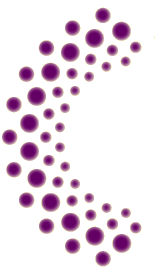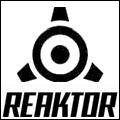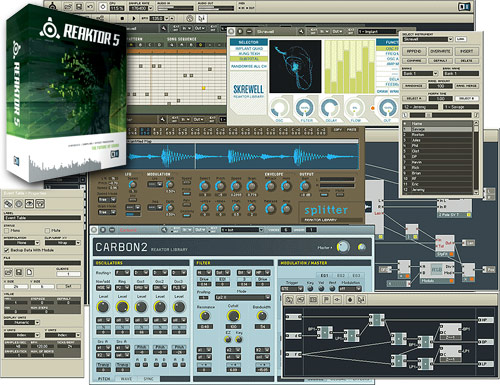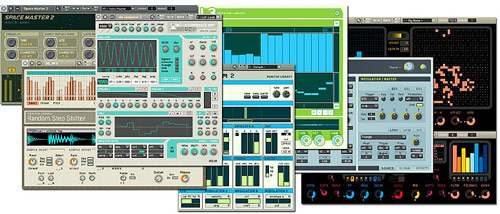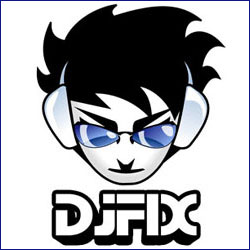|
|
|
|
|
|
|
|
|
|
|
|
|
||||||||||||||||||
|
|
|||||||||||||||||||
|
|
|
|
|
May 8, 2006 | En Español ../ TestDrive: Native Instruments Reaktor 5The Best Reaktor Yet! For many musicians who have been composing electronic music for several years, one thing is obvious, more than ever, many "new" songs sound exactly alike. To get off the virtual synth preset train, imaginative writers are turning to sound design programs to distinguish themselves from the pack. Native Instruments' Reaktor, now in its fifth incarnation, has been around for almost ten years, and has built a fervent and devoted following among those who are not content to take the easy way out. Native Instruments has now rewarded the faithful, version 5 is the best Reaktor ever.
Version 5 brings significant new advances to the program and allows the user to get even
more insanely deep into the programming of Reaktor's dynamic sound engine. Reaktor still has that Mr. Everest learning curve, but with patience you can create
sounds you never thought possible. Native Instruments' competition, such as Kyma
and MetaSynth, may offer a broader array of sonic power, but can't be
had for Reaktor's $450 price point.
Each Instrument contains two essential Macros: Primary and Core Cells. The
Core part is new to version 5 and allows you to now completely tweak the Modules which make up each Macro. I know you want to kick me in the groin
right now, but bear with me. The new Core Technology Engine is version 5's new super power and allows you to swim with the programming
sharks. I've never encountered such raw programming power in my hands for under $500. In prior versions of Reaktor you had no real control of the Modules,
but in version 5, you can not only do the nasty to each module, but you can save your creations to be utilized in future Ensembles. In fact, you
also save the Core Cell Macros, Primary Macros, and of course, your entire Ensemble.
One feature that may get overlooked in version 5, is the ability to change the look
of individual components in Reaktor. For too long, Native Instruments has ignored many outspoken users who wanted to create their own unique look and feel.
Now you can customize the appearance of the buttons, knobs, switches, faders, and much more! This is a welcome addition and a great way to visually
compartmentalize the work environment. Reaktor also contains six different sequencers in its library, which I recommend utilizing in Stand-Alone mode
to flush out your musical ideas and stimulate other imaginative ways to "hear" your sonic creations as music.
Reaktor is a CPU hog. Like Uncle Ben told Peter Parker in Spider-Man -- "With great
power, comes great responsibility" -- you'll need to manage your modules so you don't overload your computer. Even the new dual-core chips start begging
for mercy with 4 synths plus effects rocking. Native Instruments acknowledges this dilemma and provides an intelligent CPU efficiency option, which
gives a graphical usage readout of each module within an instrument. This feature allows you to visually determine which module is chugging CPU cycles
and police accordingly.
So how can you be a CPU Cycle Cop? Utilize the new Core Technology Engine! It's easier
than you think. Just open up an instrument and begin turning off unused attributes to reduce drain. The obvious is to eliminate voices of synths since,
for some reason, they're all turned on from the get go. But you can also gang effects and dump unused modules. Every little bit helps, so if the component
isn't influencing the sound, kill it.
One of the greatest attributes of Reaktor is its vibrant and growing community of users.
Coddled by the company via its vast website
and forums, Native strongly encourages its more
advanced users to upload
Ensembles, Modules, Instruments, Core Cells, and Samples. Currently there were over 800 synthesizers, 200 samplers, 350 sequencers, 325 effects
and 100 macros available for download. There are quite a few gems and permits newbies to constantly update their library without even cracking the manual.
Native Instruments Reaktor 5 is available for $449 from the Native Instruments Store and other retailers
worldwide. For more information check out Native Instruments fabulous website at:
Native-Instruments.com
The Future: NI should consider creating a simplified program called Reaktor FX.
Think of it as a Reaktor Session, but just effects. Utilizing Reaktor's powerful engine and architecture to create insane effects modules and chains would be very exciting.
Copyright © 2006 Futuremusic® All Rights Reserved. |
|
|
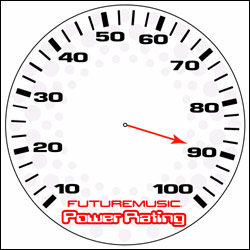 Native Instruments pulled off a very difficult feat: make Reaktor more accessible to the uninitiated while allowing the advanced user to dig even deeper into the programming with the Core Technology Engine. No other modular synthesis software comes close to Reaktor's power to cost ratio. You can use it as a comprehensive sound design tool, insane effects processor, for live performance, and things that haven't even been dreamt up yet.
News Archives
|
|
|
|
|
|
|
|
|
|
|
|
|
